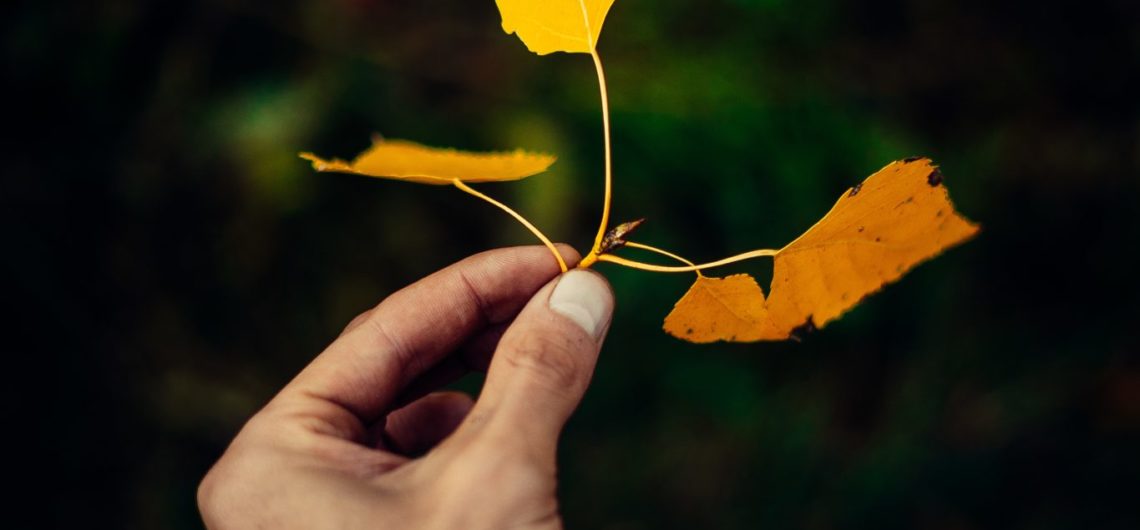Fall is here and Autumn foliage is upon us! In the coming weeks, millions of leaves will be turning an array of different colors. As leaves stop producing chlorophyll, the deeper green leaves start to change and reveal their true colors– a process called senescence. Autumn is a reminder that change is in the air and is a great excuse to embrace these transitions and learn about the trees that grow around us.
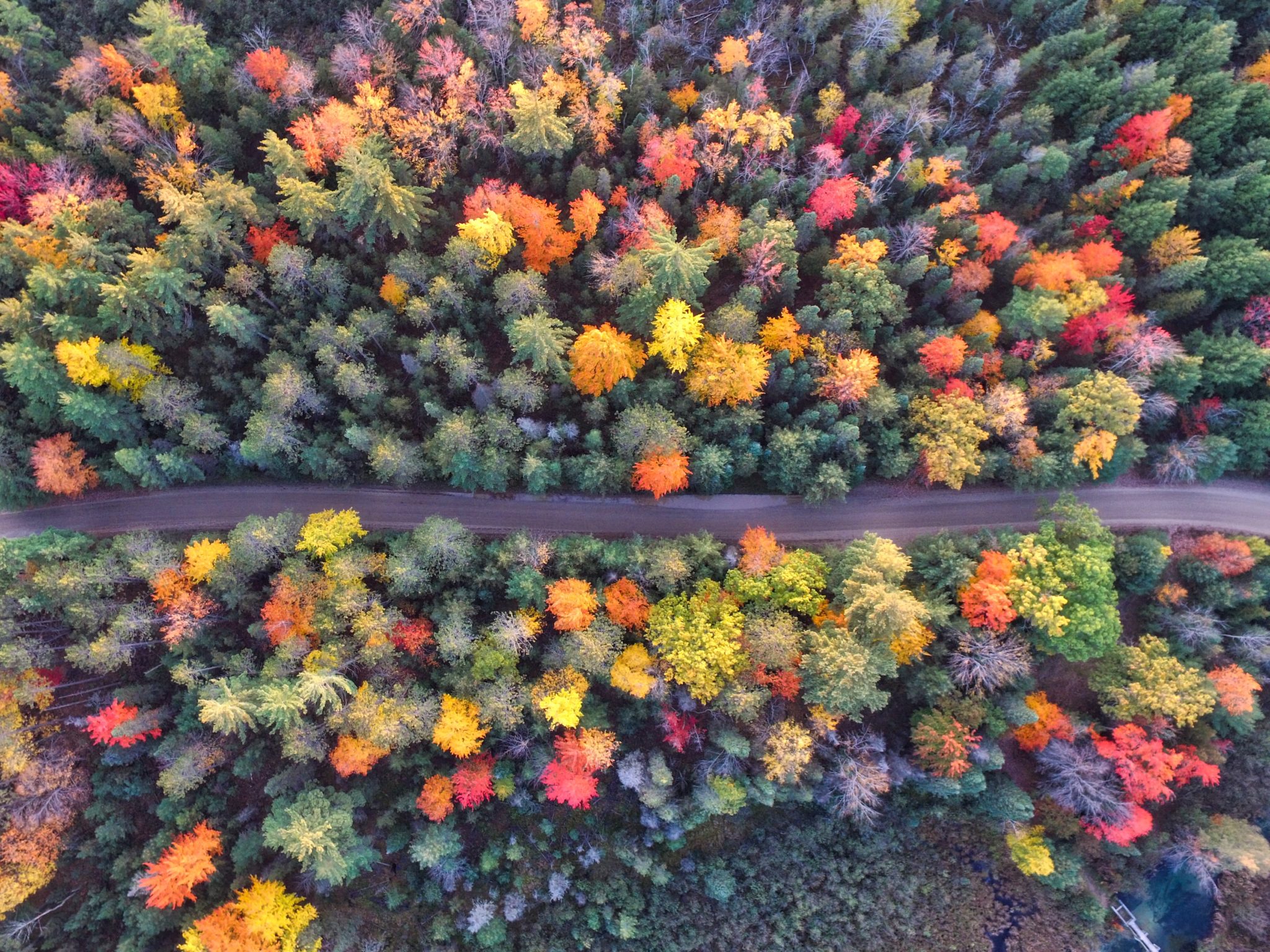
Fall is the perfect excuse to get lost, so put on your boots and layer up- it’s time to crunch in the leaves and feel the cool air on your skin! One of the perks of hiking in the fall is that there are less crowds and less traveled trails. It’s also the perfect opportunity to collect leaf specimens to bring home, press, and identify. This guide will teach you everything you need to know about pressing leaves for your own collection and tips that will help you to identify them.
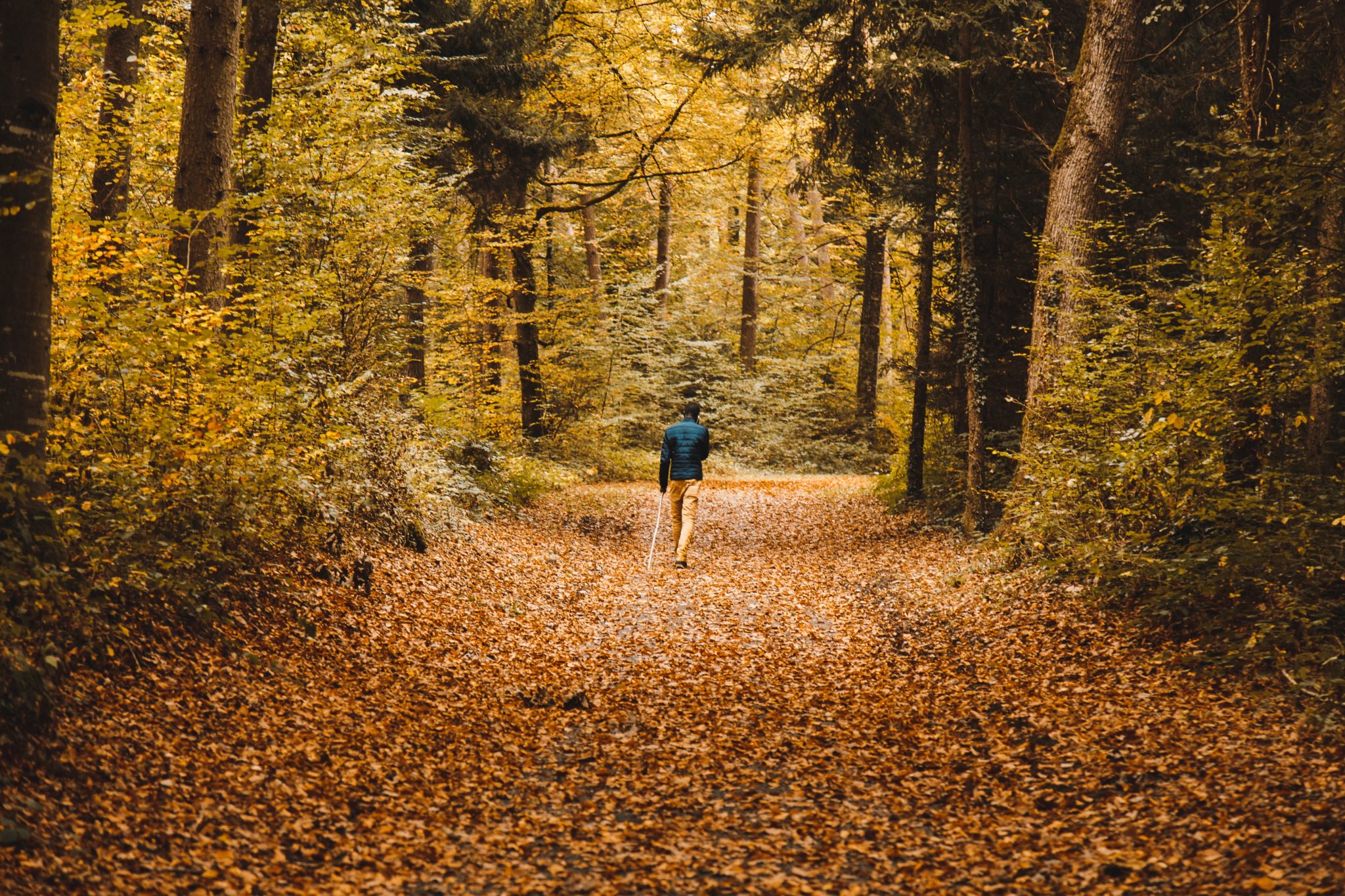
- Start a field journal. Use a small notebook to help you take notes about when and where you find a leaf, and any other observations that might help with identification. Your notebook can also be a vessel to hold each leaf in place and keep its shape.
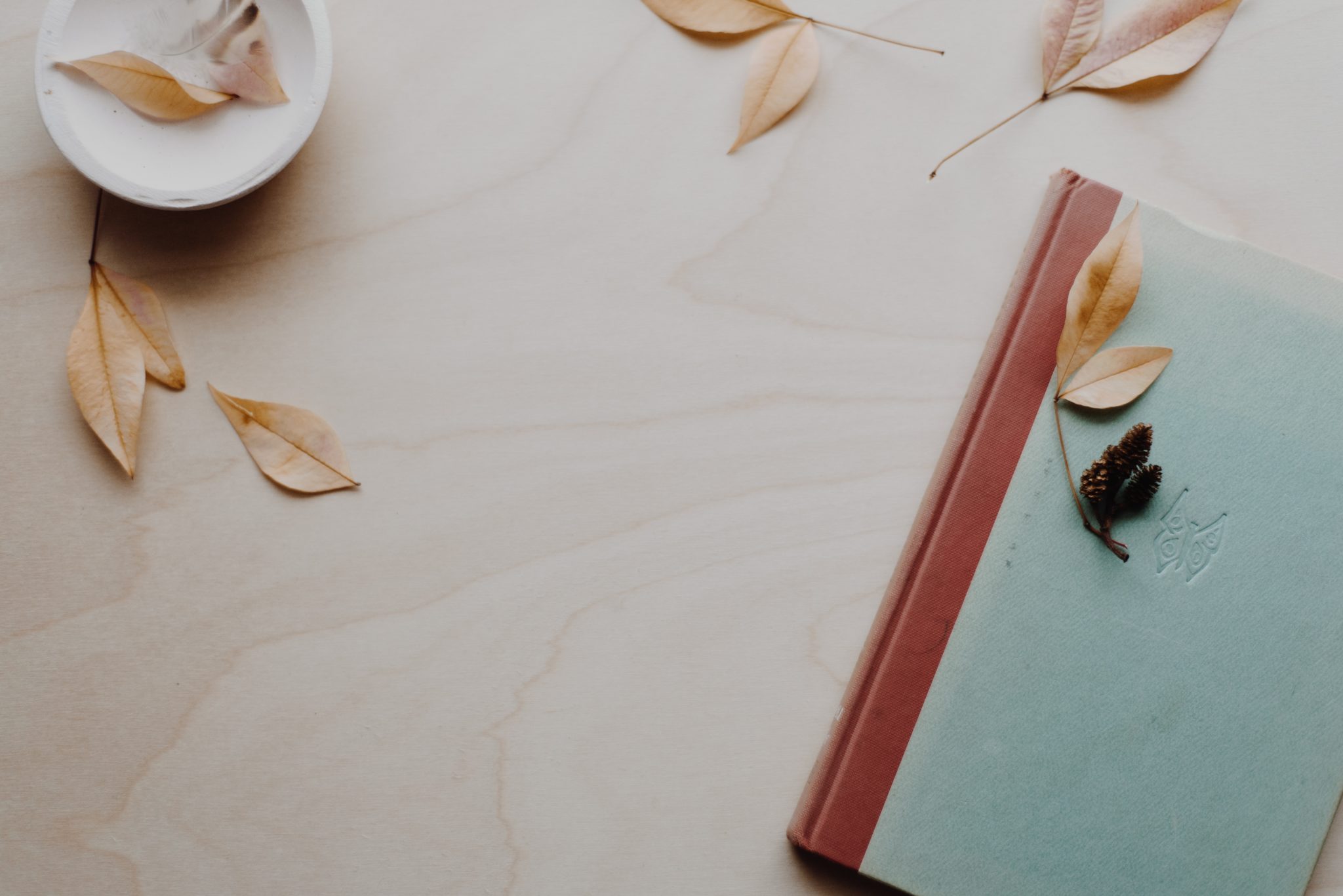
- Choose leaves when they are young and have recently fallen from its tree. If you wait till a leaf is too mature and dry, it may be more prone to fading. Take a good look at each leaf and make sure there is no evidence of insects that may have feasted on it.
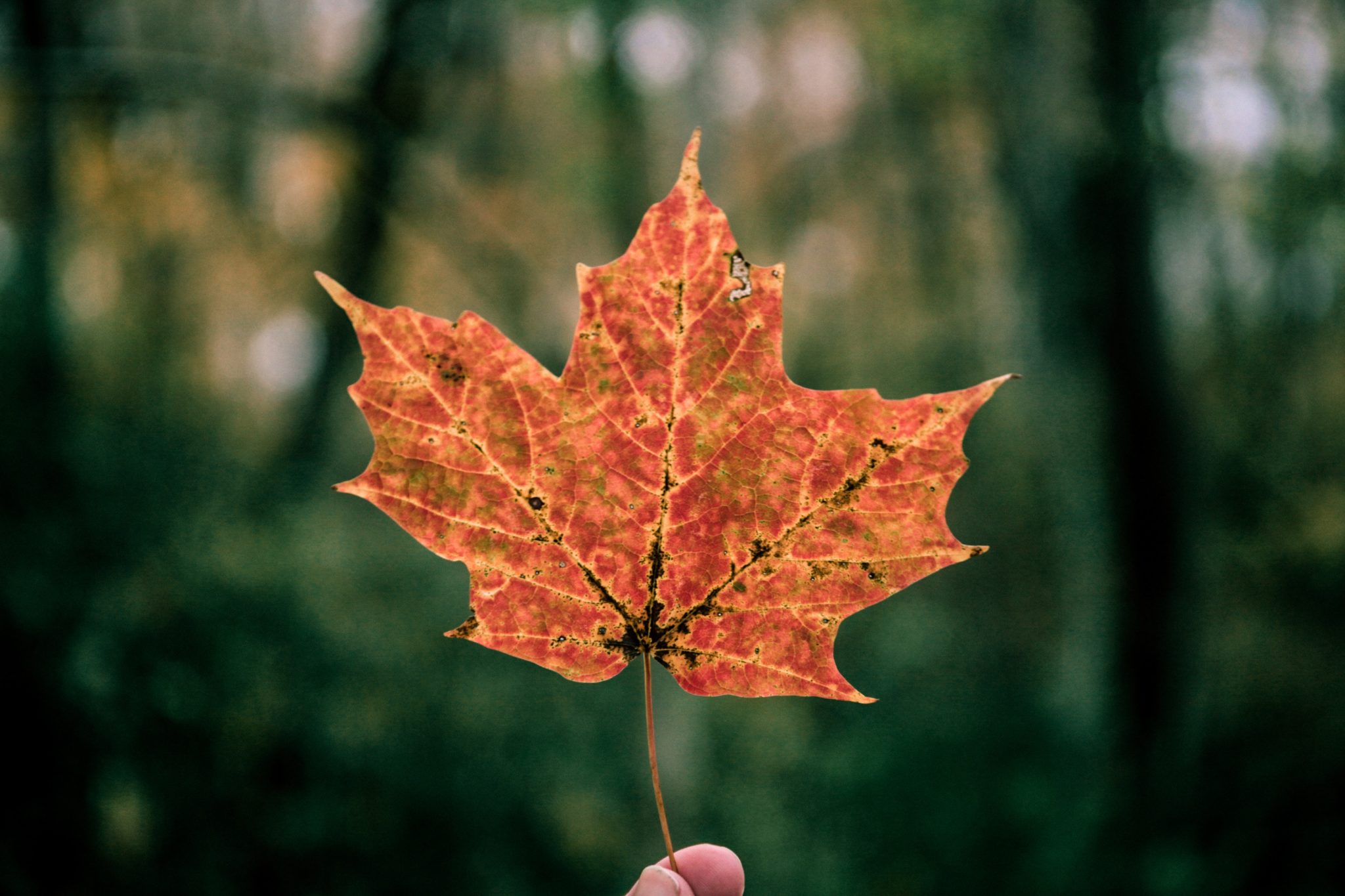
- Enjoy picking leaves that you find beautiful! With so many leaves out there, choose as freely as you wish. This is the best part!
- To prep for pressing, lay leaves separately on newspaper. Take a dry paintbrush and lightly clean the leaf, blotting off any moisture and sweeping any loose soil.
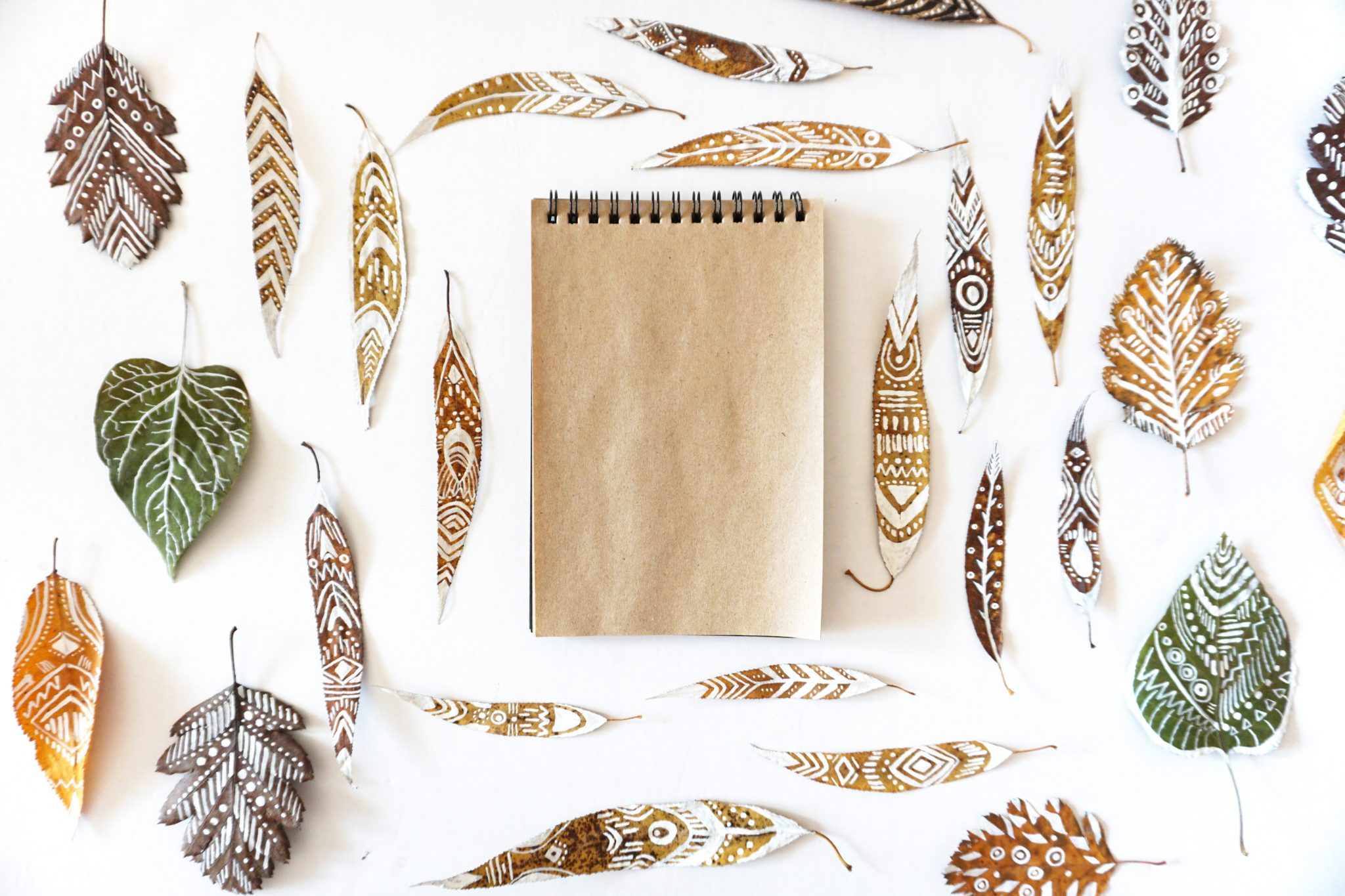
- Once they are completely dry, arrange leaves in layers of tissue paper, wax paper or newspaper before pressing. Be sure to tag each leaf with a scrap of paper next to it with brief notes for identifying.
- If you have a plant press, lay each leaf in a layer of the cardboard and gently screw the wood in place.
- For those that don’t have a plant press, gather two sheets of cardboard (size can be dependent on leaf haul) or two spare ceramic tiles covered in newspaper. Layer leaves between and use rubber bands or straps to secure together. You can also use an old heavy book as a press. Make sure that you don’t mind it getting a bit wrinkled or stained; the moisture from the leaves could damage the pages slightly. Thicker books are best, but any book will do as long as you add weight on top of it. Weight can be distributed in the form of a pile of books; these will not get damaged so it’s okay to use books you want to keep.
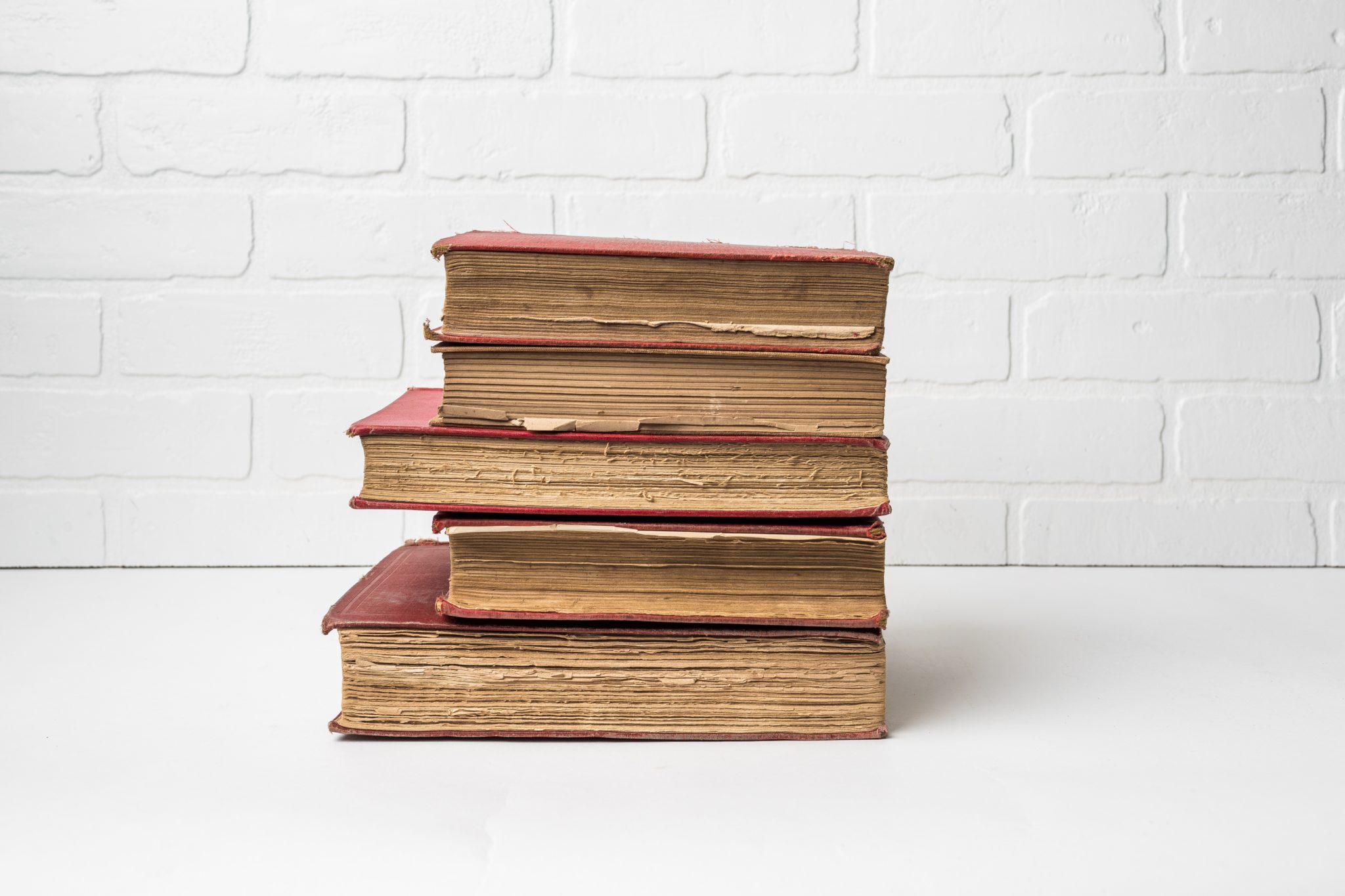
- Check the leaves every two or three days, and replace damp papers with dry ones. It will take 2-4 weeks before the leaves are dry.
- After your leaves dry, use your imagination! Create a leaf identification journal and identify your findings or create some art by placing the leaves in frames. Decorate for fall or place your leaves in a memory box to share throughout the rest of the seasons. You can visit https://www.arborday.org/trees/whattree/ to help you identify your collection.
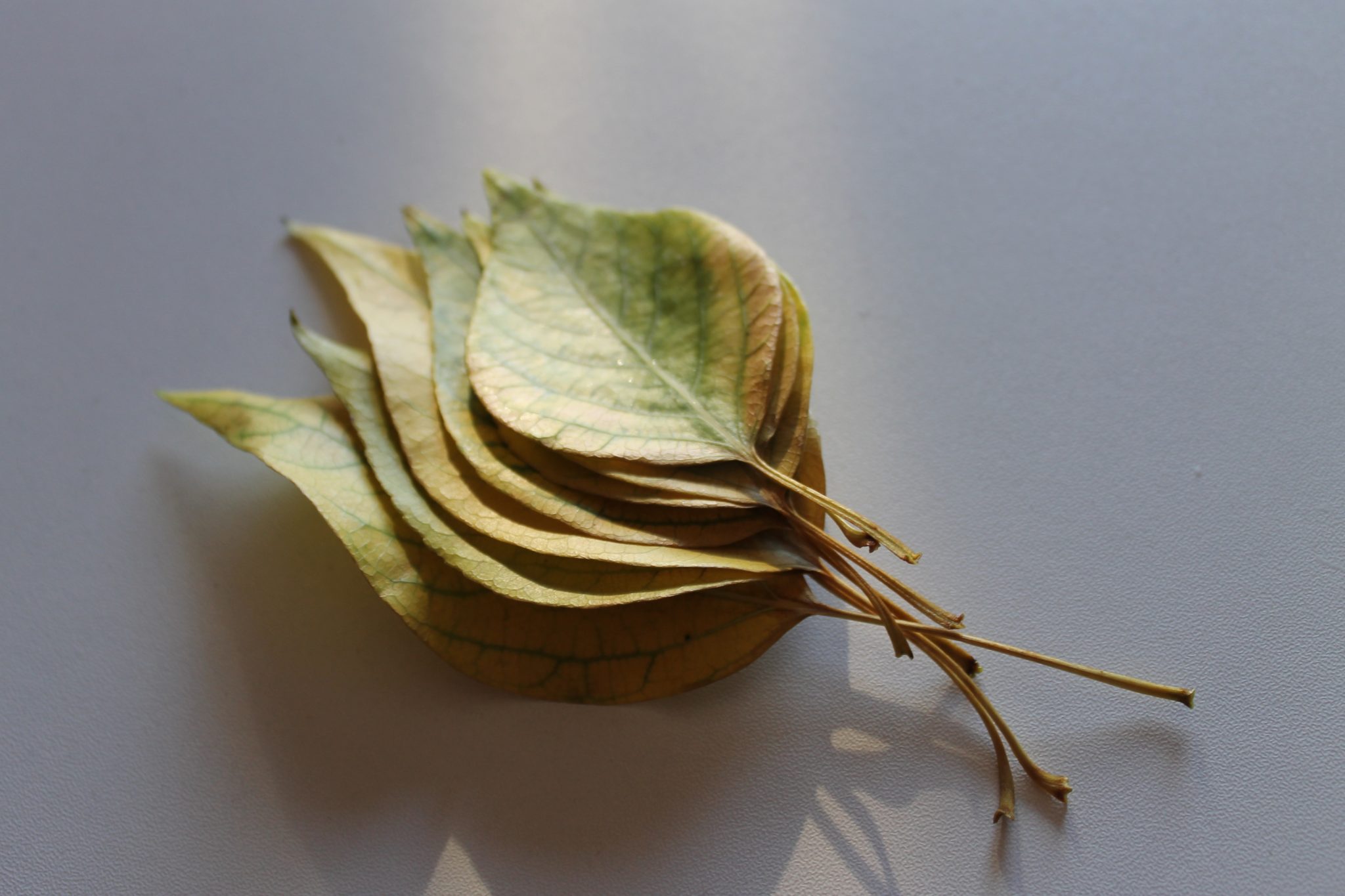
About the Author:
 Charlotte Gottenkieny, Director of Marketing & Digital Media at True Nature Education, lives to create and travel. With an extensive background in art and design, she is always submersed in a project or three. Whether it is making sculpture, taking photos, formulating a new recipe, or running her design agency, she is always using her hands to create in some way. Charlotte loves the adrenaline rush of adventure. From scuba diving to trekking in high altitudes, she strives to discover new landscapes at every opportunity. Working with True Nature gives her inspiration to be able to share stories and connections made through seeing the world.
Charlotte Gottenkieny, Director of Marketing & Digital Media at True Nature Education, lives to create and travel. With an extensive background in art and design, she is always submersed in a project or three. Whether it is making sculpture, taking photos, formulating a new recipe, or running her design agency, she is always using her hands to create in some way. Charlotte loves the adrenaline rush of adventure. From scuba diving to trekking in high altitudes, she strives to discover new landscapes at every opportunity. Working with True Nature gives her inspiration to be able to share stories and connections made through seeing the world.


